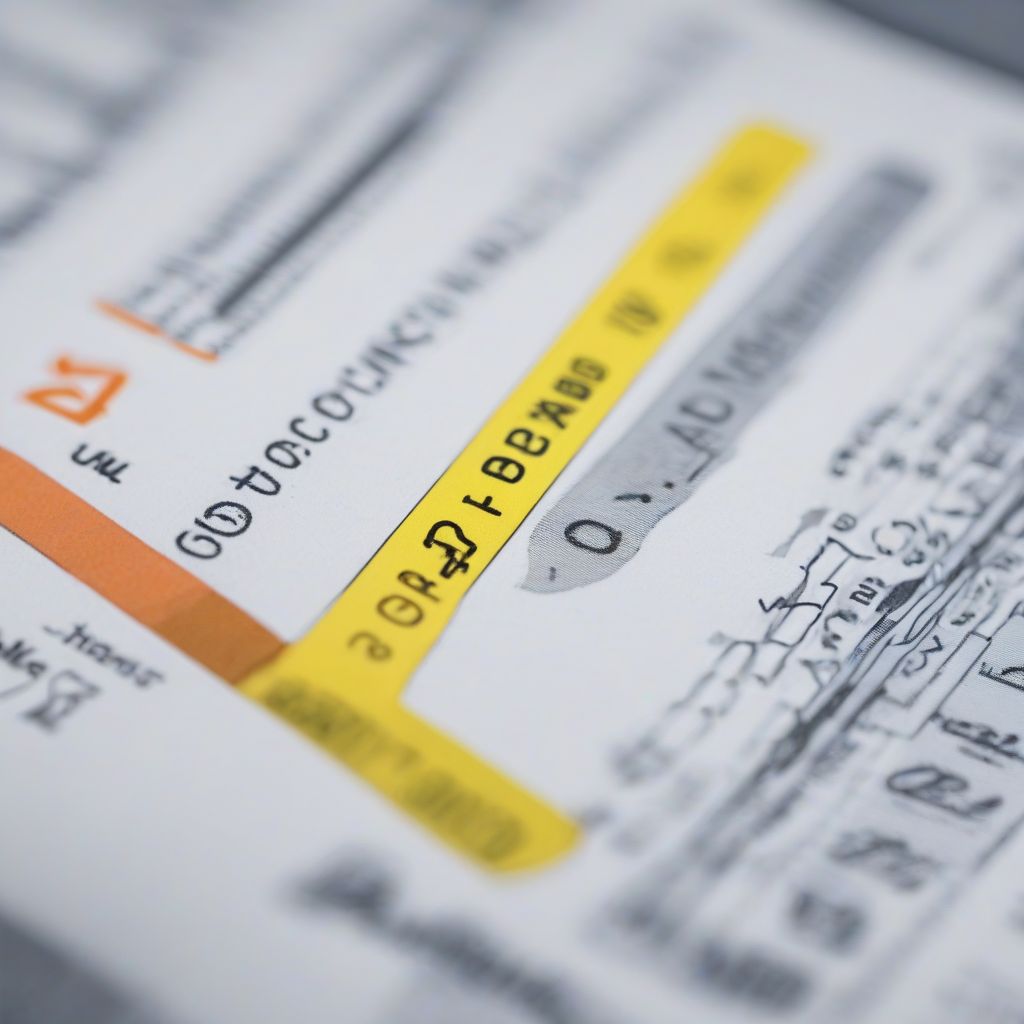Moving into a new home is exciting, but amidst the thrill of unpacking and settling in, there’s an essential task you can’t overlook: transferring utilities. This guide will walk you through the process step-by-step, ensuring a seamless transition and preventing any service interruptions.
Understanding Utility Transfers
Transferring utilities means officially switching the account holder’s name for essential services like electricity, gas, water, and sewage from the previous homeowner to you. This ensures that you’re billed correctly and responsible for the services used at your new address.
Why Transferring Utilities is Crucial
- Avoid Service Interruptions: Imagine moving into your new home only to discover the water or electricity has been shut off! Transferring utilities prevents unexpected surprises and guarantees uninterrupted service from day one.
- Establish Your Responsibility: By having the accounts in your name, you establish your responsibility for payment and usage, avoiding potential disputes with the previous owner or the utility company.
- Accurate Billing: Transferring utilities ensures you’re billed accurately for your consumption, preventing any carryover charges from the previous owner.
How to Transfer Utilities: A Step-by-Step Guide
1. Gather Necessary Information
Before contacting utility companies, gather the following:
- New address: Seems obvious, but double-check you have the complete and accurate address.
- Closing date: Knowing the official closing date on your house is crucial for scheduling the transfer.
- Contact information: Have your phone number and email address handy for account setup.
- Previous homeowner’s information: While not always mandatory, having their contact details can be helpful if any issues arise.
2. Contact Utility Companies
Reach out to each utility provider serving your new address. You can usually find their contact information on their websites or previous bills. Some companies even offer online transfer options for added convenience.
Pro Tip: Start the process at least two weeks before your move-in date to allow sufficient time for processing.
3. Provide Required Documentation
Be prepared to provide the following when contacting utility companies:
- Proof of ownership: A copy of your closing documents or a lease agreement.
- Photo identification: For security purposes, they might require a copy of your driver’s license or other valid identification.
4. Schedule Service Activation
Once you’ve provided the necessary information, schedule a service activation date that aligns with your move-in. Some companies might require a security deposit, especially if you’re a new customer.
5. Confirm Transfer Completion
After the scheduled activation date, double-check with each utility company to confirm the transfer is complete and the accounts are in your name.
Common Questions About Utility Transfers
When is the best time to transfer utilities?
Ideally, start the process 1-2 weeks before your move-in date to ensure a smooth transition.
What if I don’t know who the utility providers are?
Contact your local municipality or check online resources that provide utility information based on your address.
Can I transfer utilities online?
Many utility companies offer online transfer options for added convenience. Check their websites or call customer service for assistance.
The Importance of a Seamless Transition
Transferring utilities is a crucial step in the home-buying process. By following these steps and contacting utility companies well in advance, you can ensure a smooth transition, avoid service interruptions, and enjoy peace of mind in your new home.
 Utility Bill
Utility Bill
Remember, a little preparation goes a long way in making your move as stress-free as possible.